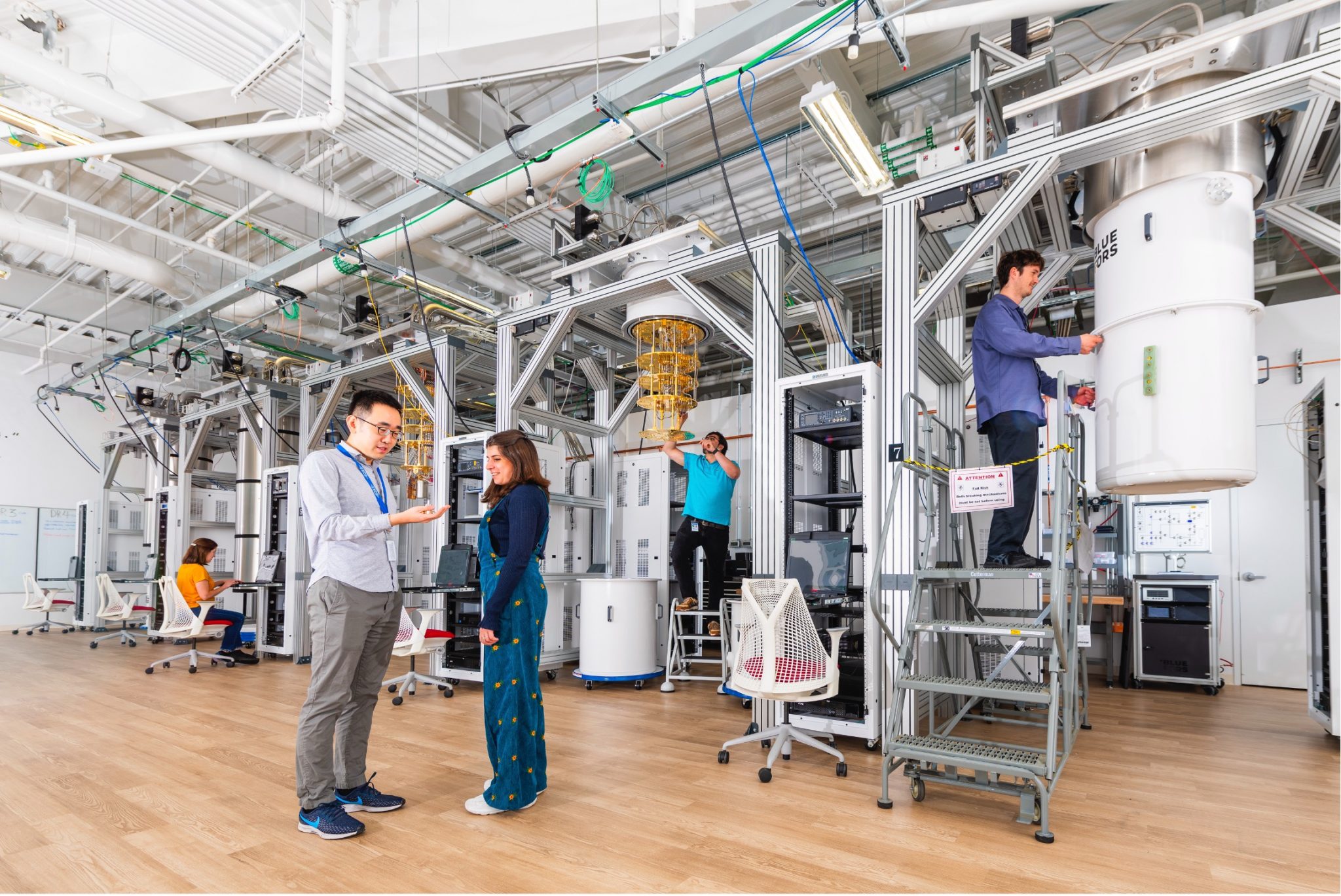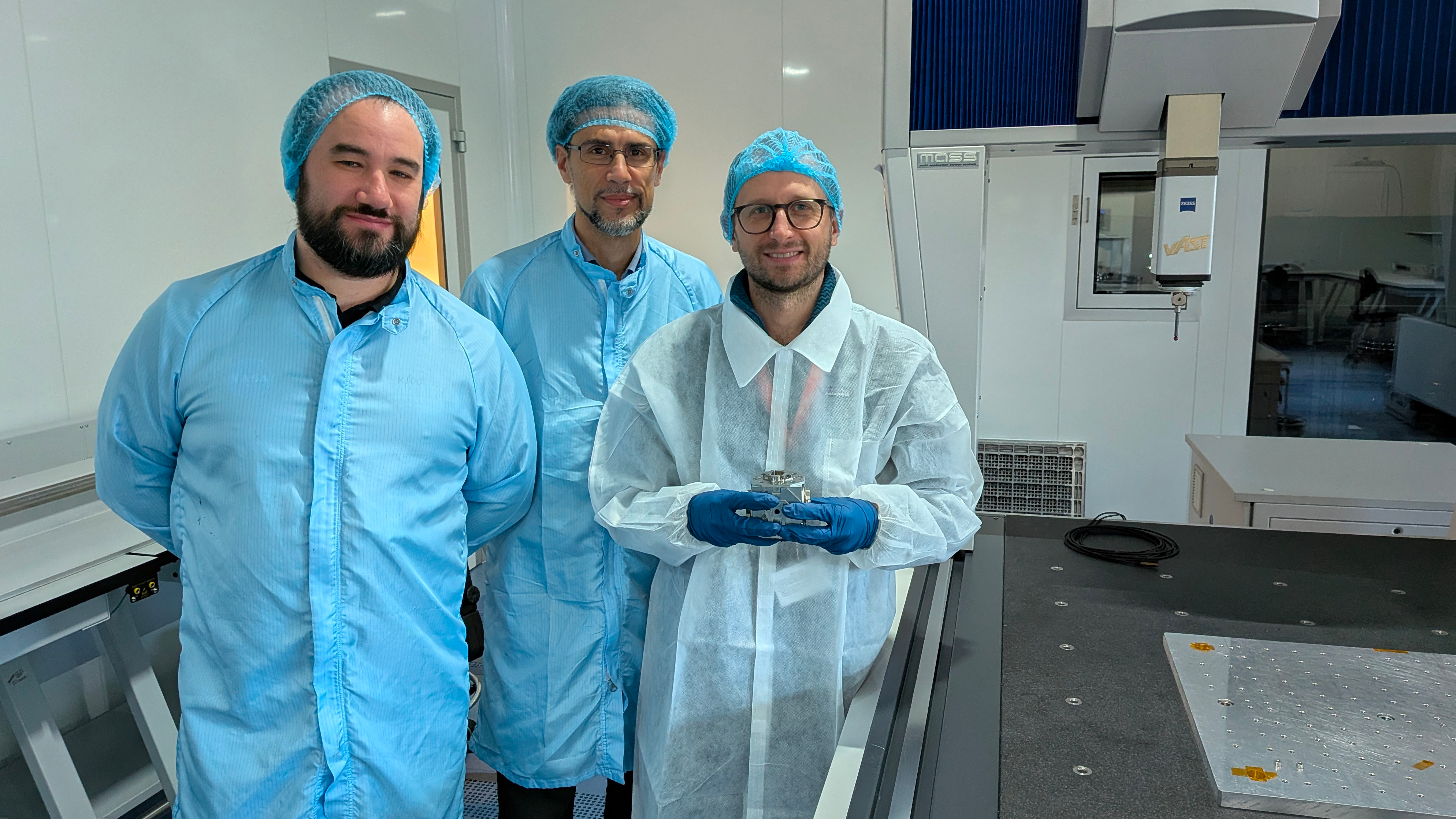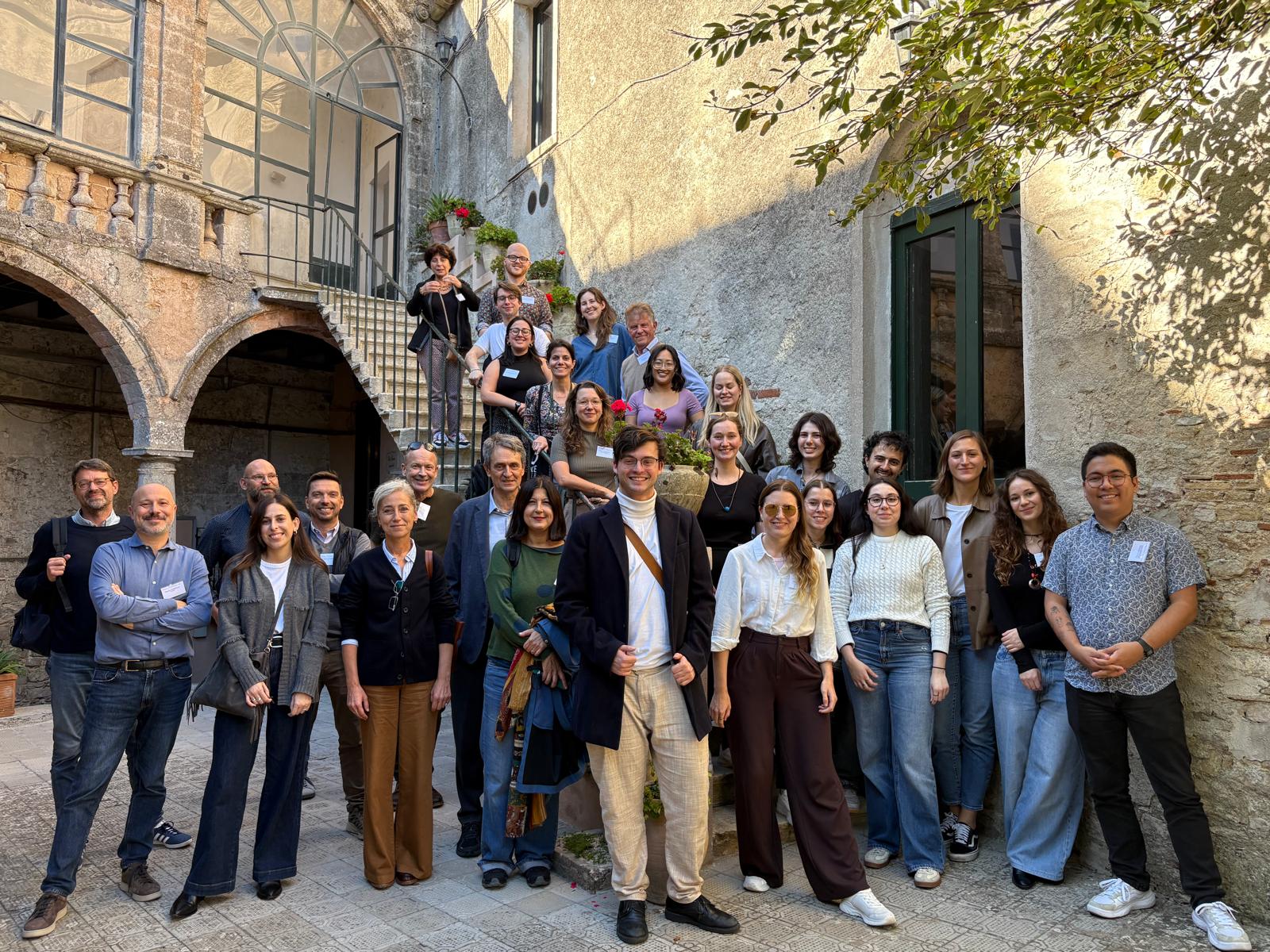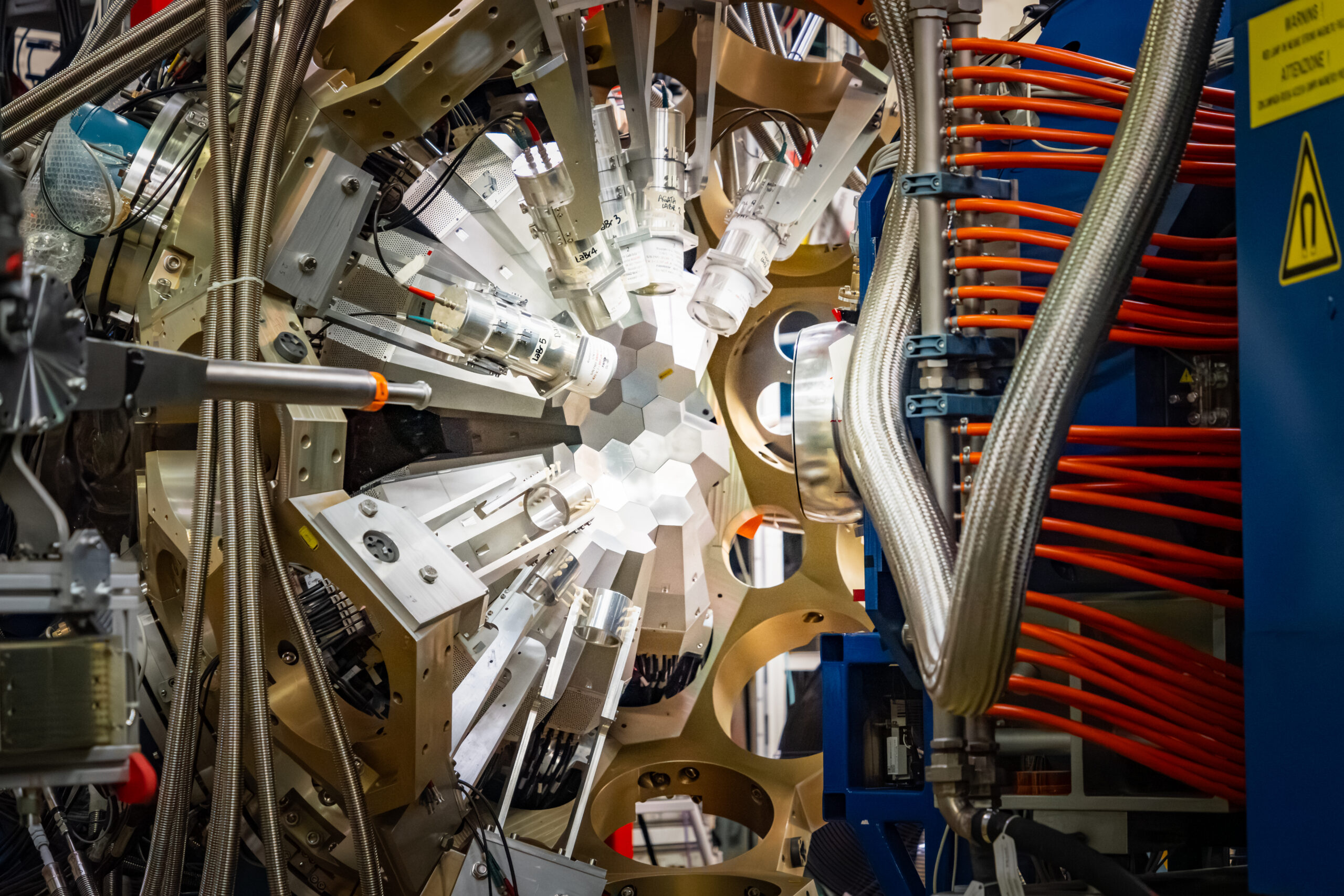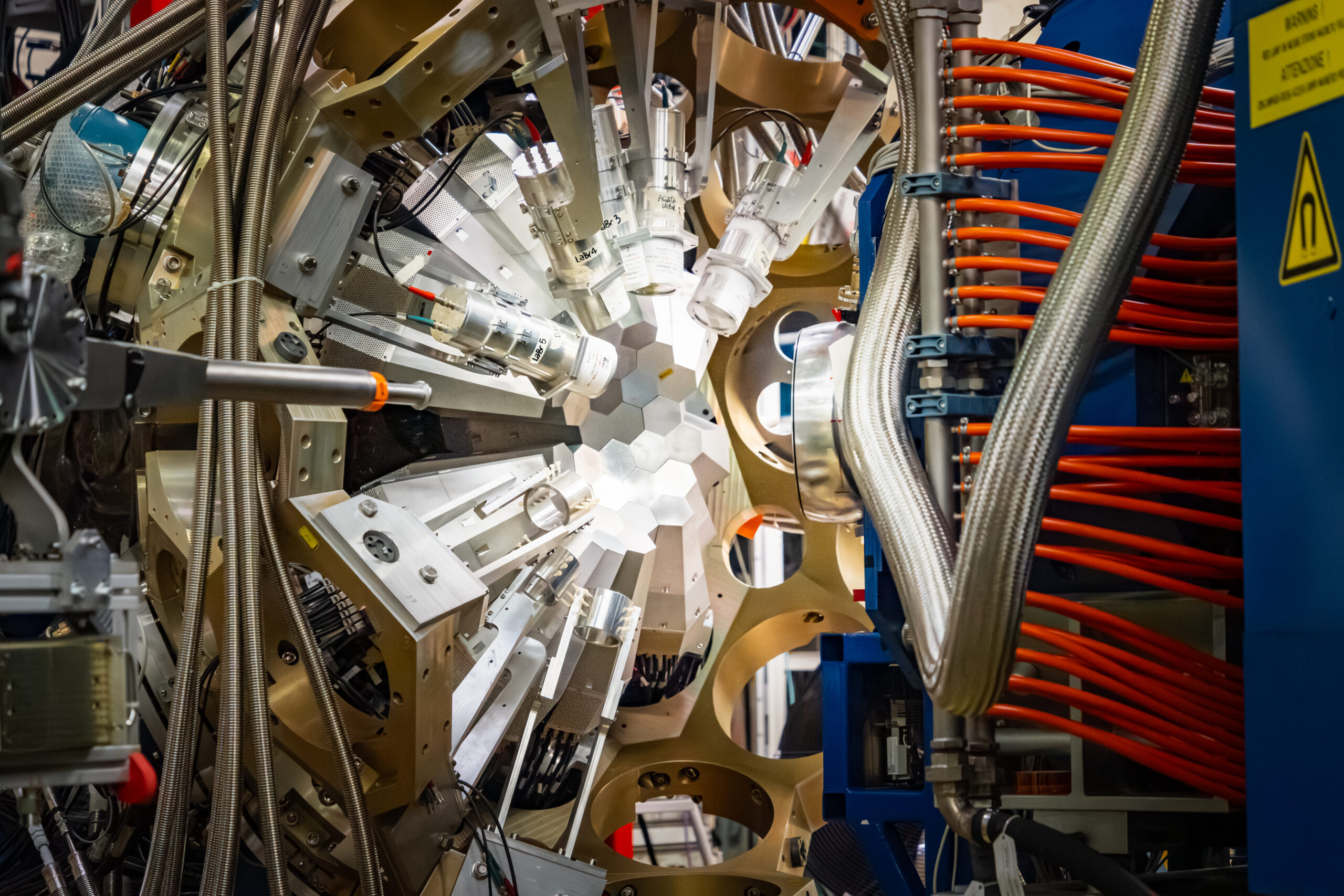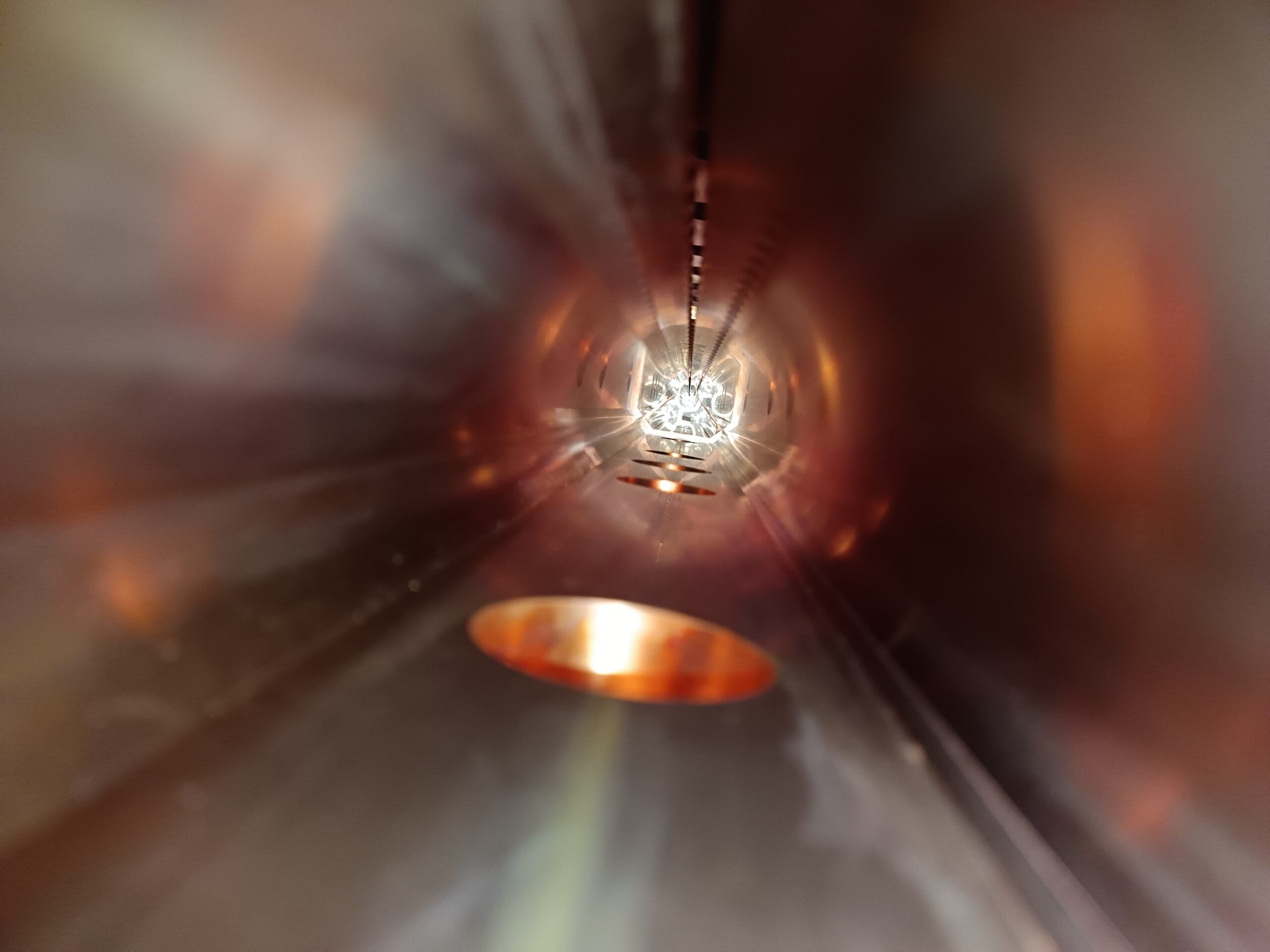Sixty-eight competing photographs, twenty-four photographers involved, ten winning pictures: this is how the first phase of the Physics Photowalk ended, the national edition of the wider global photography contest that opens the doors of physics laboratories around the world to photography enthusiasts. For the 2025 competition, numerous research institutions in the United States, Switzerland, Japan, France, and Canada took part, and INFN joined through its National Laboratories of Frascati (LNF), Gran Sasso (LNGS) and Legnaro (LNL).
The photographs of the Italian edition were evaluated by a diverse jury composed of Barbara Bernardini, producer and director of science television programmes, Gabriele Agostini, photographer, Lisa Castelli, INFN researcher from the Florence division and the CHNet network for cultural heritage, and the INFN communications office. Guided by artistic, creative, scientific and narrative criteria, the jury selected the three best photographs from each laboratory, plus one additional image to complete the list of ten.
“Images are often capable of conveying complex subjects such as physics with a depth and immediacy that words cannot match”, commented Barbara Bernardini. “It was truly remarkable to see how places so far removed from everyday life became sources of genuine artistic inspiration for so many photographers; proof that science exerts a transversal and profound fascination on the human mind, and the Photowalk captures its spirit perfectly”.
The ten selected photographs narrate INFN’s research, its community and its environments. They take us inside the COLD (CryOgenic Laboratory for Detectors) laboratory at LNF, let us peek into the steel sphere of Borexino, the solar neutrino experiment active at LNGS from 2007 to 2021, and show us the progress of ANTHEM (AdvaNced Technology for Human centrEd Medicine), the accelerator under construction at LNL.
Now, the three best shots from each laboratory will move on to the next stage, the global competition, where they will be judged by an international panel of experts and by the public vote (details will be announced here shortly). The winning photographs will then be published in the CERN Courier and the international magazine Symmetry.
Below is the gallery of the ten winning photographs from the Italian edition, which will also be featured on Le Scienze website and on INFN’s social media channels.
